For the Sauce:
1. Stir tamarind into the hot water. If using dried tamarind, pour the hot water over the dried tamarind and let it sit for several minutes. After it's soaked, mash up the dried tamarind to release all of its flavour, then strain the mixture through a mesh sieve. Discard the remaining tamarind flesh.
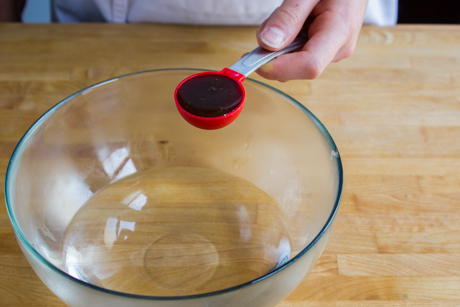
2. Stir in the soy sauce, brown sugar, and cayenne pepper into the tamarind mixture. Set aside. Note: This yields a large amount of sauce, but can be stored for up to several months in the fridge in a sealed container.
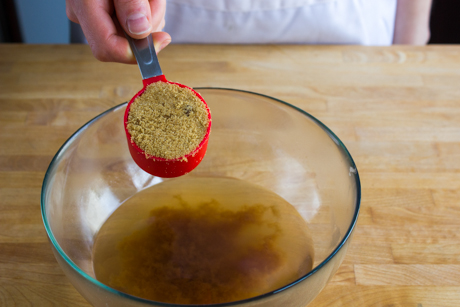
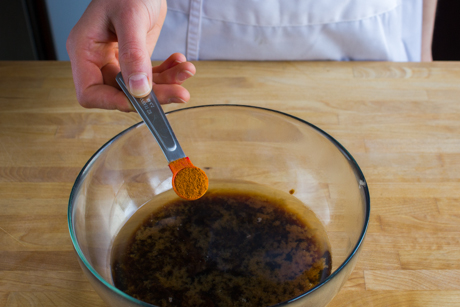
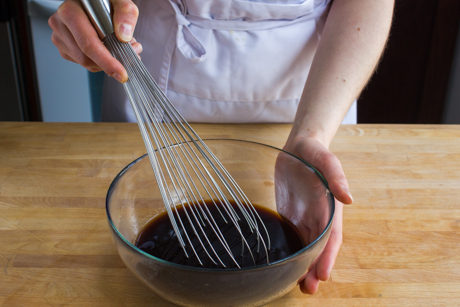
For the Pad Thai:
1. Place the rice noodles in a large bowl. Bring water to a boil and then pour the hot water over the noodles. Let them soak in the hot water until soft and al dente, 15 – 20 minutes.
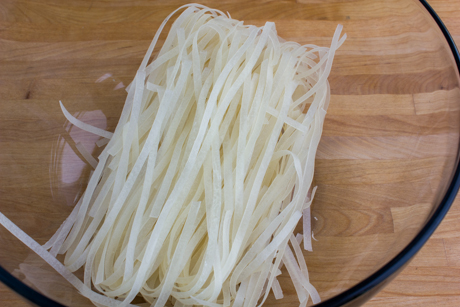
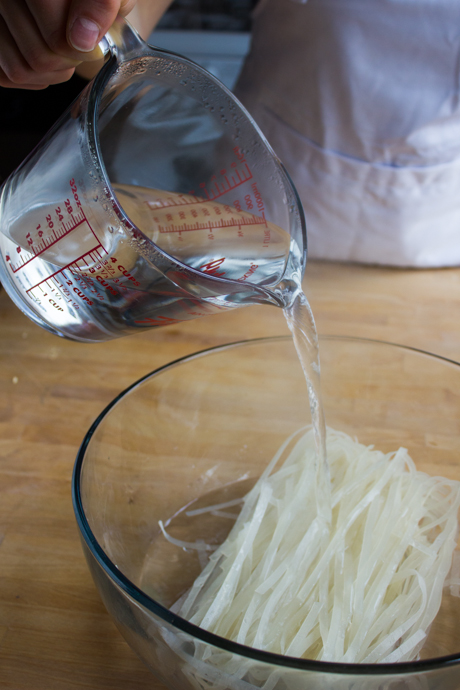
2. While your noodles are soaking, prep all of your ingredients. Chop all of the vegetables and set them aside.
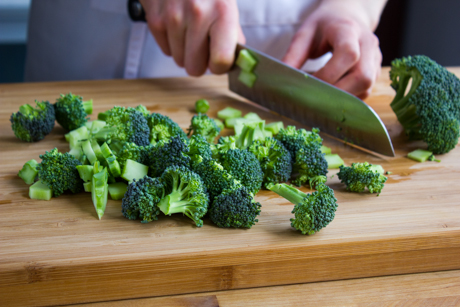
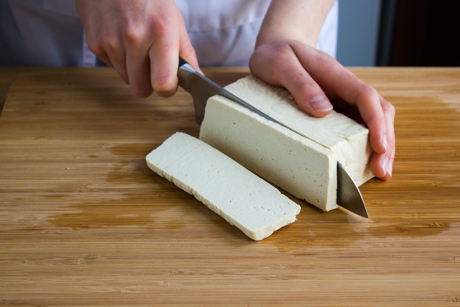
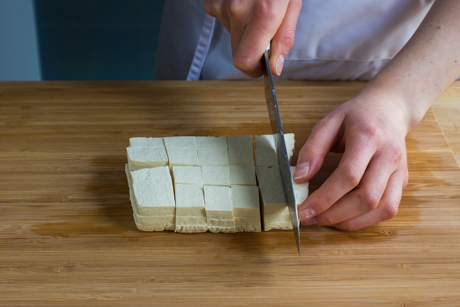
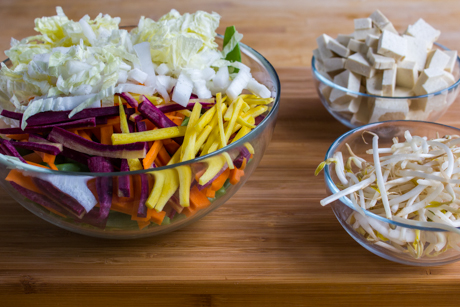
3. Heat a large frying pan or wok over medium-high heat. Add the oil and the garlic and cooking, stirring frequently, until you can smell the aroma of the garlic. Add the cubes of tofu or chicken breast and continue cooking with the garlic until the tofu is crispy or the chicken is cooked through.
4. Once your noodles are cooked, drain them and place them back in the bowl.
5. To make your pad Thai, heat up the same large frying pan or wok over medium-high heat. Note: It’s best to make your pad Thai one serving at a time. Pour in your desired amount of sauce into the pan, then add a handful of noodles, chopped vegetables, and some of the cooked tofu or chicken.
6. Stir-fry everything quickly, using tongs or a wooden spoon to stir everything together, making sure everything is well coated in sauce, 3 - 5 minutes.
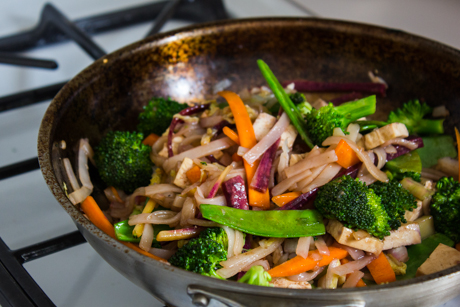
7. Transfer the pad Thai to a bowl or plate and top with chopped peanuts. Serve with a handful of fresh bean sprouts and lime wedges. Before eating, squeeze the fresh lime juice over the dish, then stir in some of the bean sprouts. If you don’t use up all of the ingredients, you can store them in the fridge individually, in airtight containers, for several days.
